What is the ``Decan Trap volcanic activity'' that drove dinosaurs to extinction about 66 million years ago?

Dinosaurs, which stood at the top of vertebrate animals for over 150 million years from more than 200 million years ago, are said to have become extinct due to the impact of an asteroid that fell in Mexico's Yucatan state about 66 million years ago. However,
How The Dinosaurs Actually Died - YouTube
It is said that at the end of the Cretaceous period, approximately 66 million years ago, the Earth was hot and humid and had abundant vegetation.

Dinosaurs grew larger, with some species reaching over 10 meters in length, but they suddenly disappeared from the earth about 66 million years ago. It is known that an asteroid crashed into the Earth about 66 million years ago, and this is said to be the cause of the extinction of the dinosaurs.

However, recent theories suggest that the asteroid's impact alone did not wipe out all the dinosaurs on Earth, and that the asteroid merely put an end to the dinosaurs' prosperity.
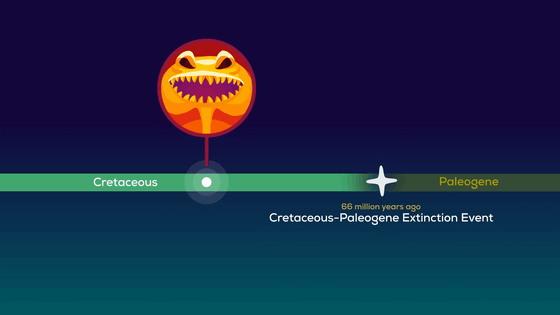
Approximately 66 million years ago, the Earth's continents were in a different shape than they are today, especially India, which was not attached to the Eurasian continent and was like a large island.
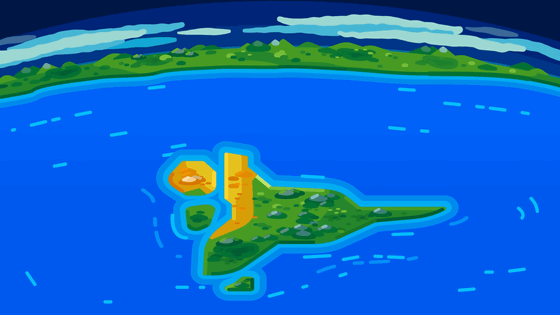
Volcanic activity on the Indian Peninsula, which was then an island, is said to have begun approximately 800,000 years before the extinction of the dinosaurs. The Deccan Traps volcanoes continued to emit approximately 10 million tons of carbon dioxide and sulfur dioxide every year for 500,000 years.

After about 500,000 years of volcanic activity, the volcanoes in the Deccan Traps finally began erupting.
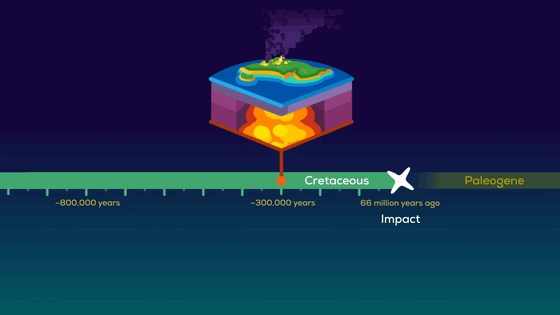
This eruption was so huge that the southwestern part of India was completely covered in lava.
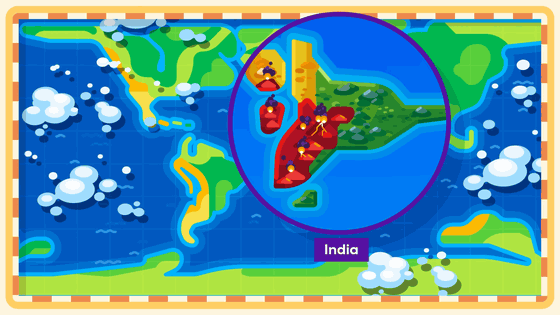
Large amounts of carbon dioxide and sulfur dioxide were released from India, which was covered in a sea of lava. It is known that this effect has caused the average seawater temperature to rise by 2 degrees Celsius. Of course, if the average water temperature rises by 2 degrees Celsius, the ecosystem will also be greatly affected.
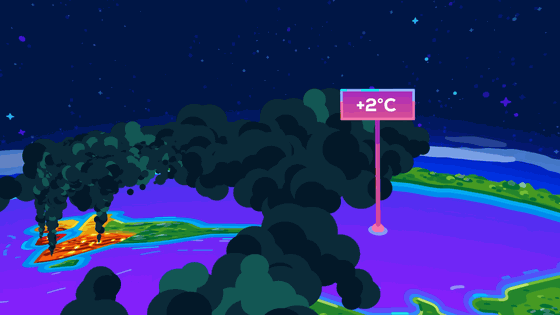
The global temperature has become unstable due to the increase in carbon dioxide, which has a warming effect, and sulfur dioxide, which has a cooling effect.
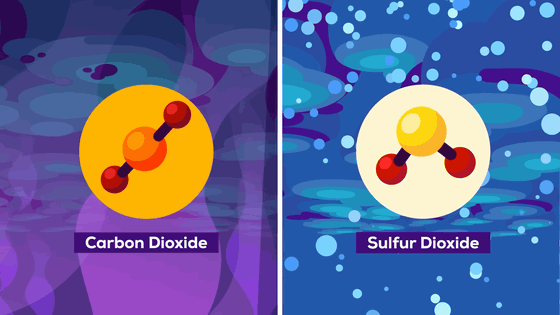
In addition, acid rain falls on the ocean, increasing the acidity of the ocean. This causes the plankton living in the ocean to die. When plankton dies, the organisms that feed on plankton die, and the organisms that feed on those organisms die, and so on, and the food chain collapses, having a major impact on the entire Earth's ecosystem.

Approximately 750,000 years after they began their activity, the Deccan Traps volcanoes expanded in size. It spewed out trillions of tons of lava and volcanic gas over thousands of years.
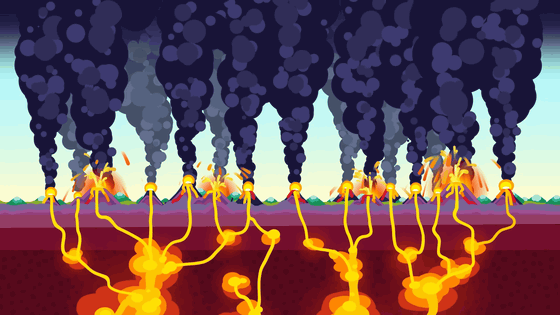
Earthquakes and tsunamis destroy continents, and with a roar, a huge amount of heat is released from the Earth's interior.
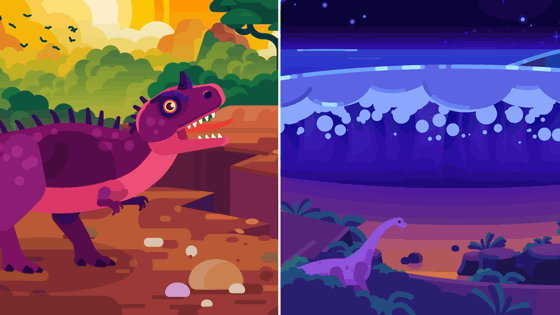
Furthermore, a hurricane of incredible scale occurred with wind speeds of up to 1000 km. This is said to be more than three times the size of the largest hurricane in recorded history.
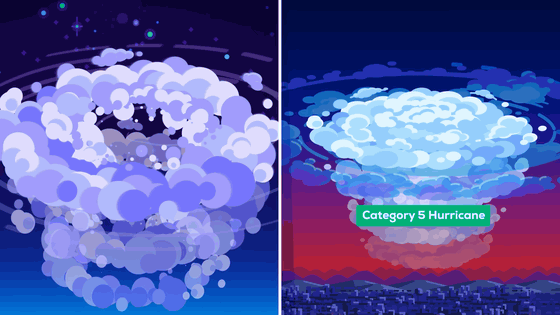
This hurricane was so powerful that it destroyed the ozone layer in the stratosphere. Due to the destruction of the ozone layer, ultraviolet rays from the sun are flooding the earth.
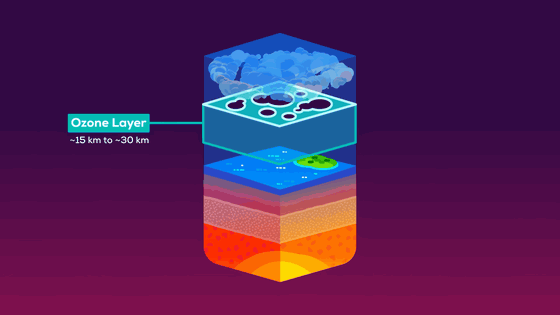
Volcanoes in the Deccan Traps continue to spew toxic gases containing mercury and hydrogen chloride, blanketing the Earth. It is believed that most of the living things on Earth were extinct at this point.
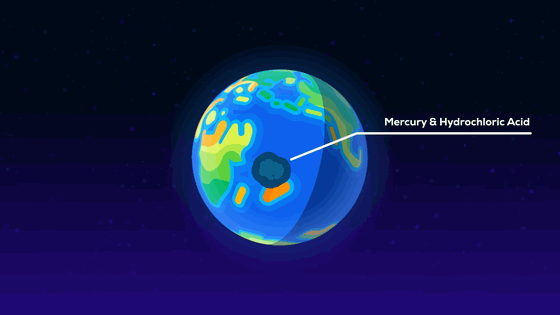
As if to deliver the final blow, an asteroid with a diameter of 10 km crashed into Mexico's Yucatan Peninsula, which is located on the back side of India across the earth.

By the time the volcanic activity in the Deccan Traps subsided, it is thought that 75% of all living things on Earth had died.
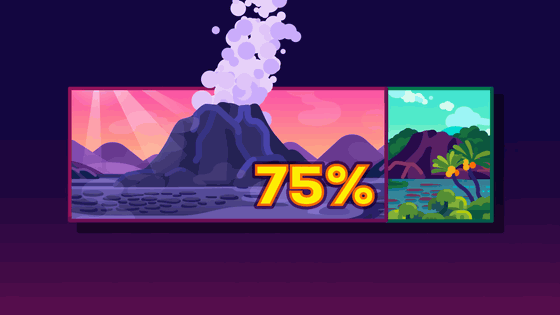
It is said that there have been five large-scale extinctions of living things on Earth, most of which are thought to have been caused by volcanic activity. Of course, there is a possibility that humanity will be wiped out by large-scale volcanic activity in the future, but scientists are currently monitoring volcanoes around the world, and there are only a few cases of volcanic activity on a scale that could drive humanity to extinction. Kurzgesagt says signs could be picked up from a million years ago.

Related Posts:







